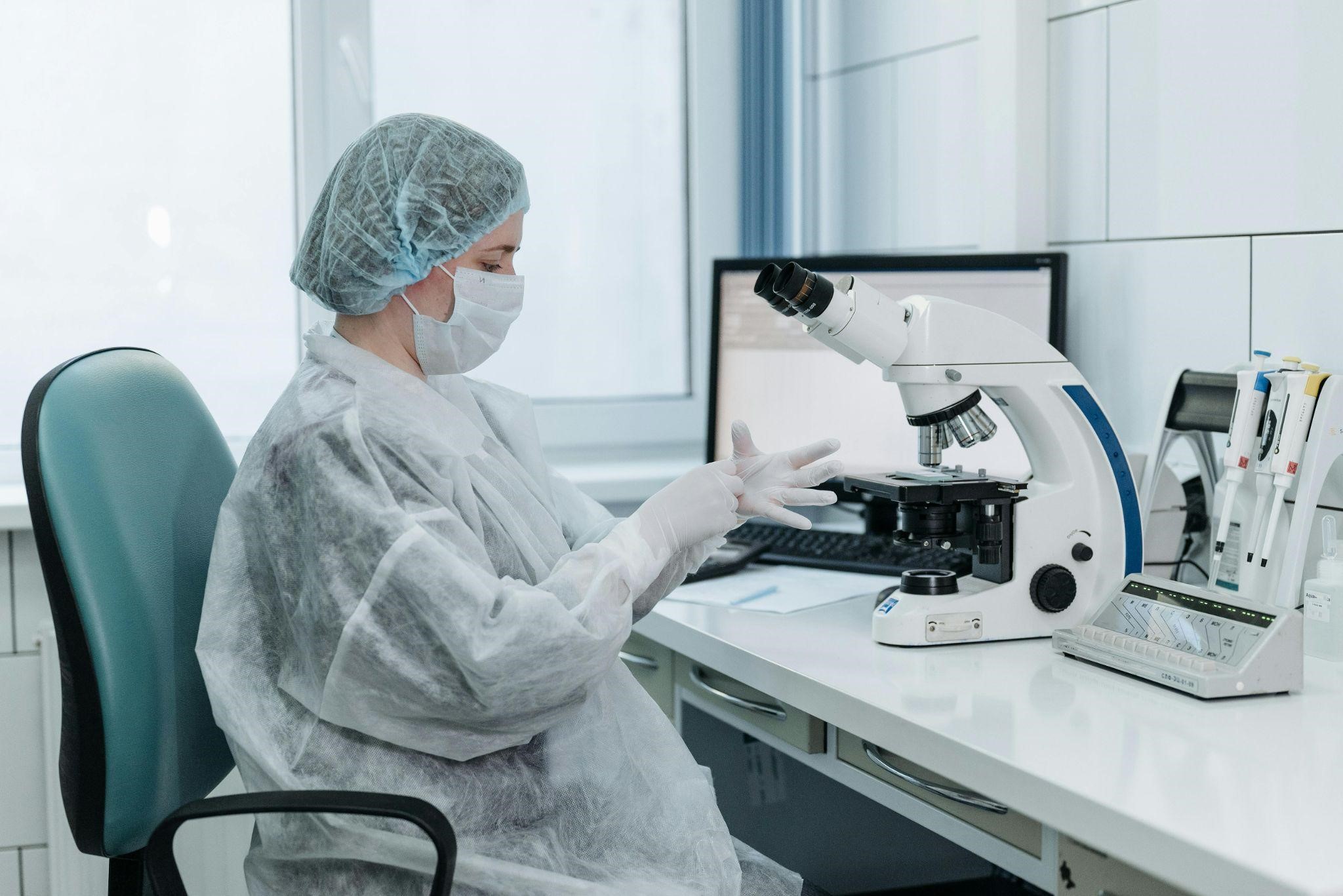Strategies to Minimize Waste in Cleanroom Manufacturing
4/16/2024

A cleanroom is a place that is intended to regulate contaminants and its existence is necessary for several sectors where tiny particles can affect the efficacy of a product. Today, cleanrooms typically exist in sectors including pharmaceuticals, biotech, and military facilities.
To enhance productivity and maintain high standards of excellence, it is critical to pinpoint key areas where waste may slip in. Below are practical solutions for dealing with various forms of waste materials in cleanroom manufacturing to make it an even more optimized and economically feasible process.
1. Streamlined Product Flow
Businesses often make parts in one place and ship them to another location for final assembly. When it comes to big-volume production, it adds unimportant handling and transporting of parts, consuming precious time and resources. By holding manufacturing and assembly in one cleanroom space, businesses can prevent time-consuming processes and contamination risks.
2. Quality Assurance
Consistent product quality is essential, but maintaining it can be a challenge. One way to ensure it in cleanroom manufacturing is by using automated devices. An example of this is the use of an automated glue dispenser in product assembly, which ensures uniform distribution of the liquid.
3. Reduced Environmental Impact
Inappropriate cleaning and chemical application within cleanrooms not only have adverse impacts on the environment but also increase the cost of operations. To minimize the use of these approaches and make the cleanroom more eco-friendly, think about designing a cleanroom environment that is optimal for your product's specifications.
